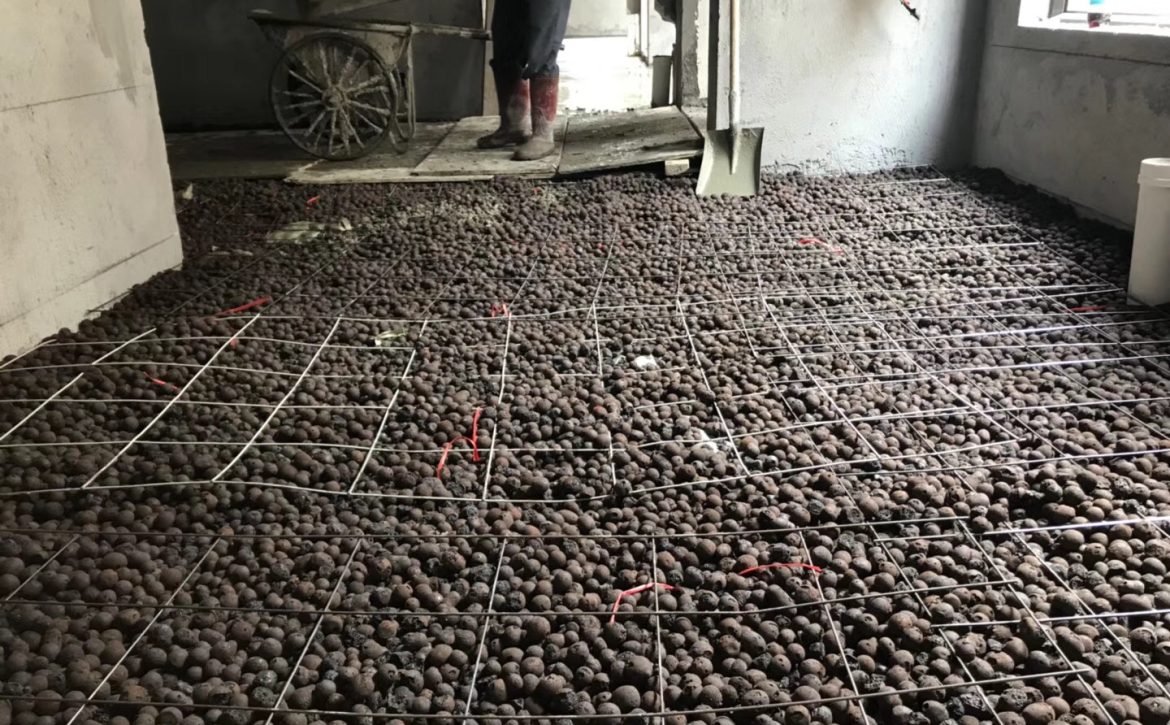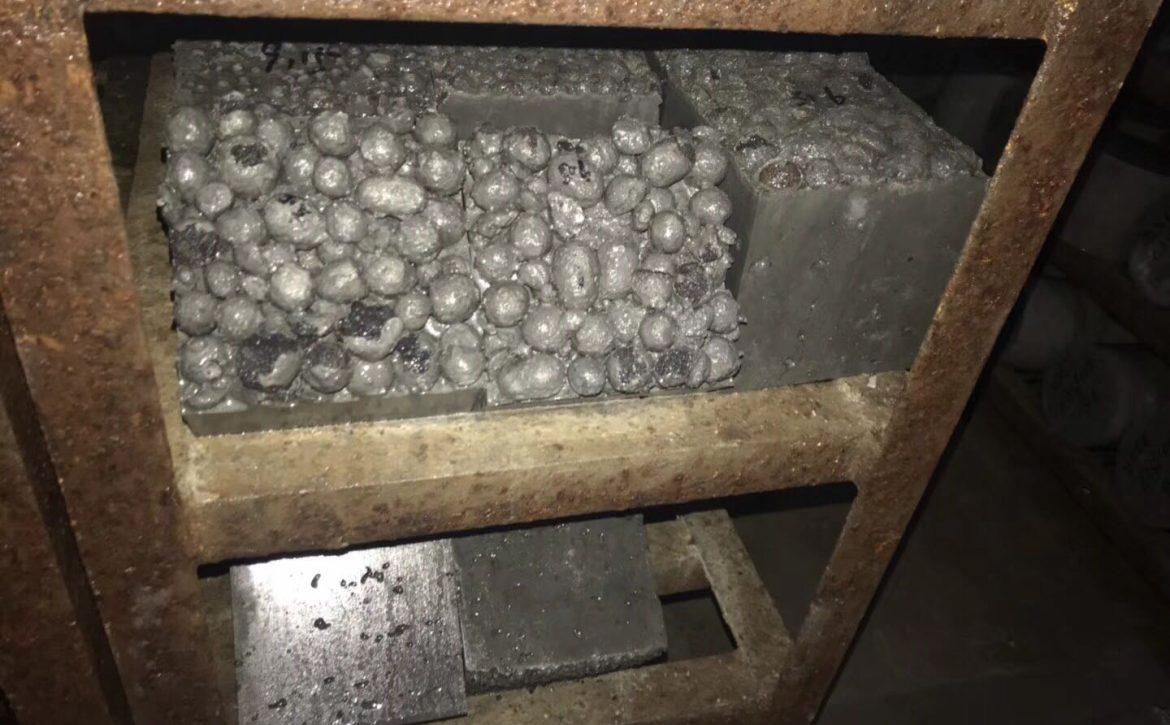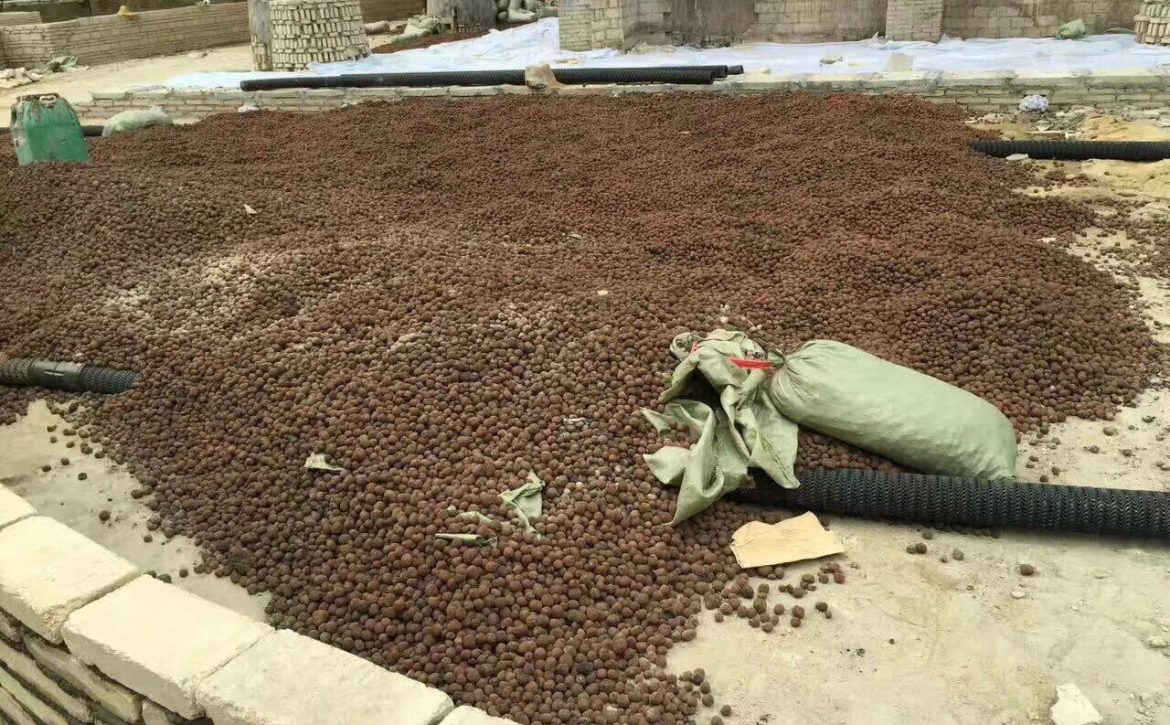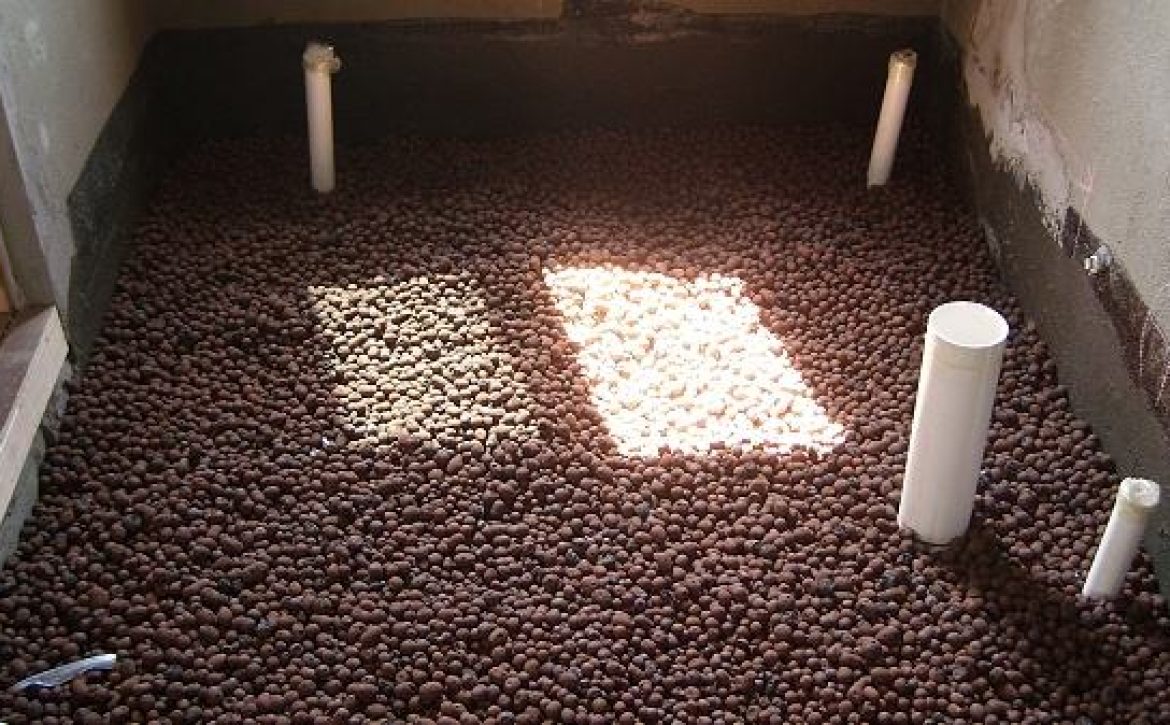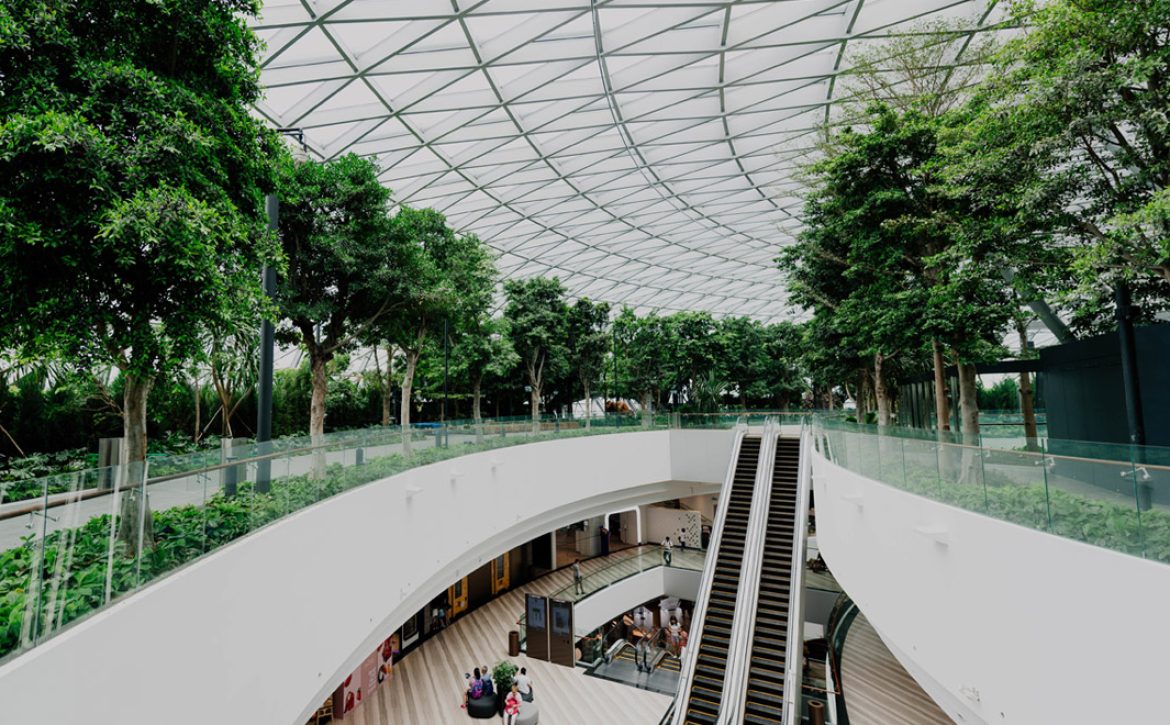Toilet use clay pebbles/ leca backfill steps
Toilets backfill clay pebbles/ leca is a special building material, which is widely used in toilets and places where water is frequently used.
Bathrooms backfill clay pebbles/ leca has many excellent properties.
First of all, in terms of its weight, it is much lighter than the commonly used construction waste backfills materials. At the same time, it is much more convenient to use and will not cause any pollution or damage to the environment.
Secondly, even its water absorption and dirt absorption ability are also excellent, which virtually ensures the cleanliness of the bathroom environment. In fact, there are many friends around us who are curious when they first learned about the clay pebbles/ leca backfilling in the bathroom.
What are the steps for using clay pebbles/ leca in the backfilling of the bathroom?
First of all, in order to ensure that the water seepage from the upper layer of the waterproof layer will not spread to the surroundings, it is necessary to make waterproof coatings on both sides, both the upper and lower sides, and it must be connected with the wall. The height of the wall should be 40 meters higher than the upper edge of the caisson. cm or more.
Second, use concrete as a partition overhead, and divide the caisson into several 400×400 grids. Many people do not see the importance of such a load-bearing partition. In fact, this measure cannot be ignored. It can prevent the concrete above from falling Otherwise, it may cause the bathroom floor to sink, crack and leak after a few years.
Third, the next step is filling. Fill the moisture-proof ceramic particles into the grid, and don’t press it too tightly, because its function is not load-bearing but sound insulation and filling.
The fourth is to arrange a layer of 30 cm × 30 cm steel mesh composed of steel bars with a diameter of about 10 mm on the grid to ensure the firmness and uniform stress of the clay pebbles/ leca concrete layer.
Finally, the concrete layer is rammed, and the vibrating pump is added for construction, and the fine stone concrete with a thickness of 10 cm is leveled. This layer still needs to be made with a drain slope, and then waterproof materials are made twice, and it is done together with the wall. After it dries up, it needs to be brushed with plain grout to protect it.
In fact, the process of backfilling the bathroom floor with clay pebbles/ leca is not very complicated. As long as some key parts are done, the effect will be achieved. At the same time, clay pebbles/ leca is an environmentally friendly material that can be recycled and reused, and it can also play a role in environmental protection.


